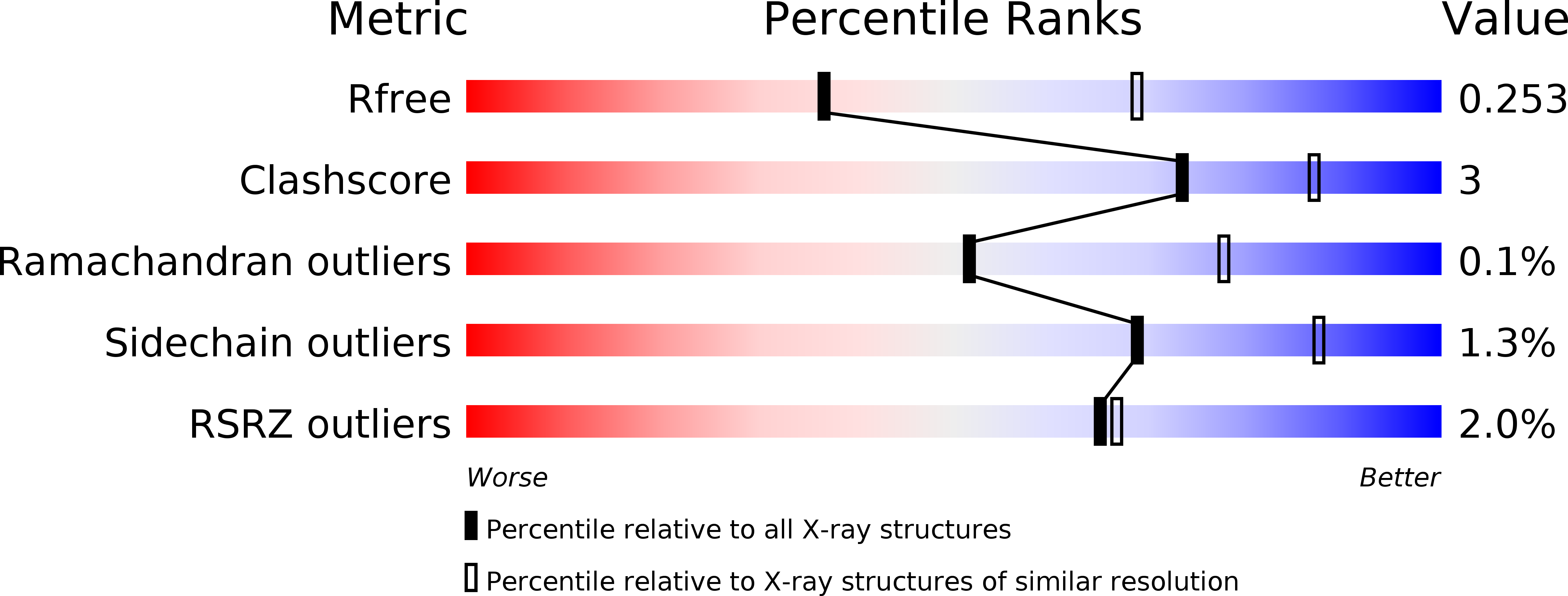
Deposition Date
2011-08-03
Release Date
2011-11-23
Last Version Date
2024-10-09
Entry Detail
Biological Source:
Source Organism:
Mus musculus (Taxon ID: 10090)
Mus musculus, Homo sapiens (Taxon ID: 10090, 9606)
Mus musculus, Homo sapiens (Taxon ID: 10090, 9606)
Host Organism:
Method Details:
Experimental Method:
Resolution:
2.70 Å
R-Value Free:
0.25
R-Value Work:
0.20
R-Value Observed:
0.20
Space Group:
C 2 2 21


